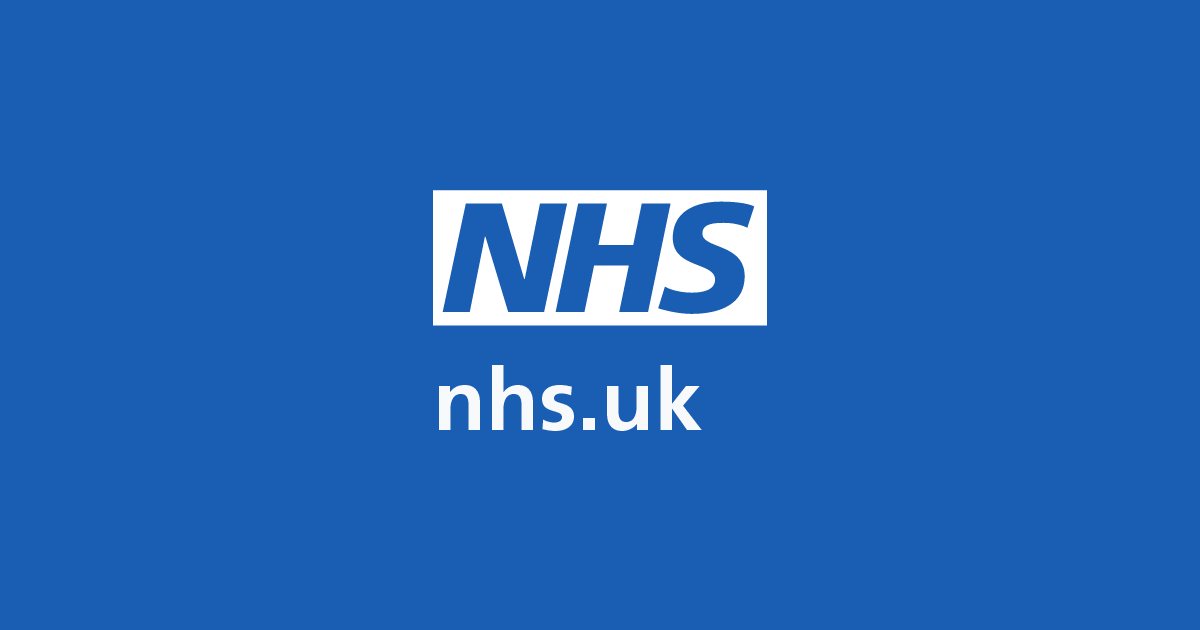High temperature (fever) in adults - NHS Website

What is a high temperature?
Normal body temperature is different for everyone and changes during the day.
A high temperature is usually considered to be 38C or above. This is sometimes called a fever.
Check if you have a high temperature
You may have a high temperature if:
- your chest or back feel hotter than usual
- you have other symptoms, such as shivering (chills), sweating or warm, red skin (this may be harder to see on black or brown skin)
- a thermometer says your temperature is 38C or above
Important
If you feel hot or shivery, you may have a high temperature even if a thermometer says your temperature is below 38C.
Do I need to take my temperature?
You do not need to take your temperature using a thermometer, but you can if you have one.
Make sure you use it correctly to help get an accurate result. See how to take a temperature.
Treating a high temperature
If you have a high temperature, it can help to:
- get lots of rest
- drink plenty of fluids (water is best) to avoid dehydration – drink enough so your pee is light yellow and clear
- take paracetamol or ibuprofen if you feel uncomfortable
- stay at home and avoid contact with other people until you do not have a high temperature
Causes of a high temperature
Many things can cause a high temperature. It's not usually a sign of anything serious.
It's often just caused by your body fighting an infection, such as a cold or flu.
Sometimes it could be a sign of something more serious if your temperature is very high or will not come down.
Advice for children
This page is for adults. For advice about children, see high temperature (fever) in children.
Page last reviewed: 06 April 2020
Next review due: 06 April 2023

Comments
Post a Comment